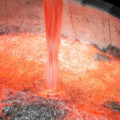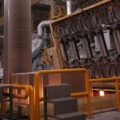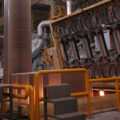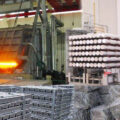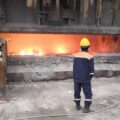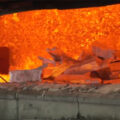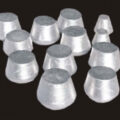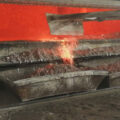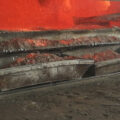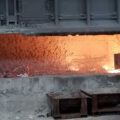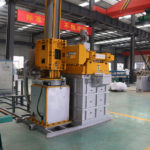The basic task of the aluminum alloy smelting process is to put a certain proportion of metal charge into the furnace. After heating and melting to obtain a melt, the composition of the melt is adjusted to obtain an alloy liquid that meets the requirements. In the smelting process, adopt corresponding methods to control the content of gas and oxidized impurities to make it meet the specified composition, and ensure that the castings get high-quality alloy liquid.

Due to the characteristics of the aluminum element, aluminum alloys have a tendency to violently stomata and easily oxidize. Therefore, the removal of gas and impurities has become the most prominent problem in the aluminum alloy melting process. In order to obtain high-quality aluminum alloy liquid, it is necessary to strictly control its smelting process and adopt methods to control it from all aspects.
Aluminum Alloy Smelting Process
Furnace loading → melting (addition of copper, zinc, silicon, etc.) → slagging → addition of magnesium, beryllium, etc. → mixing → sampling → adjustment of ingredients → mixing → essence → slagging → converter → transformation of the essence and standing → casting.
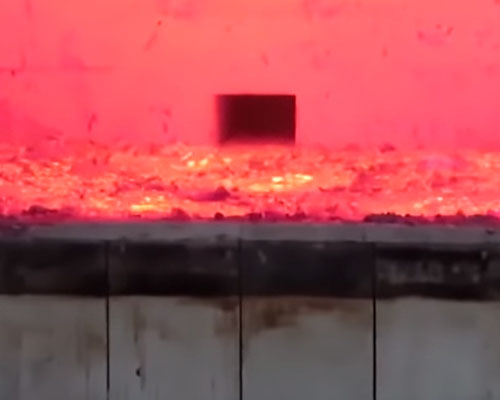
Furnace Feeding
The correct furnace loading method is very important to reduce the burning loss of metal and shorten the melting time. Lay a layer of aluminum ingot at the bottom of the furnace, put the easy-burning material, and then press the aluminum ingot. The lower melting point of the furnace charge material is loaded with the upper layer, so that it melts at the earliest, flows down to cover the easily burnable material below, and then reduces the burning loss. Various furnace materials should be evenly and evenly distributed.
Melting
The process and melting speed have an important influence on the quality of the aluminum ingot. Care should be taken to avoid overheating during the melting process. After the melt level of the charge is level, the melt should be properly agitated to make the temperature consistent, which is beneficial to accelerate the melting. Too long smelting time will reduce the output, and make the melt gas content added. Therefore, when the smelting time is too long, the melt should be refined twice.
Slag Removal
when the charge is completely melted to the melting temperature, the slag can be slag. Spread powdered flux before slagging. The dross removal should be as thorough as possible, because the presence of dross easily pollutes the metal and increases the gas content of the melt.

Adding Alloy
After removing the slag, alloy components can be added to the melt. Mixing should be done before sampling and after adjusting the ingredients. Mixing should be stable without damaging the oxide film on the surface of the melt. After the melt is thoroughly mixed, it should be sampled immediately for pre-furnace analysis. When the composition does not meet the standard requirements, it should be supplemented or weakened.
After the composition is adjusted, when the melt temperature meets the requirements, the surface scum is stripped out, and the aluminum liquid flows to the next step through casting launder.
Refining
The molten aluminum needs to do next refining by the degassing and filtering unit. If the quality of the aluminum liquid is better, works can do the next casting step.

